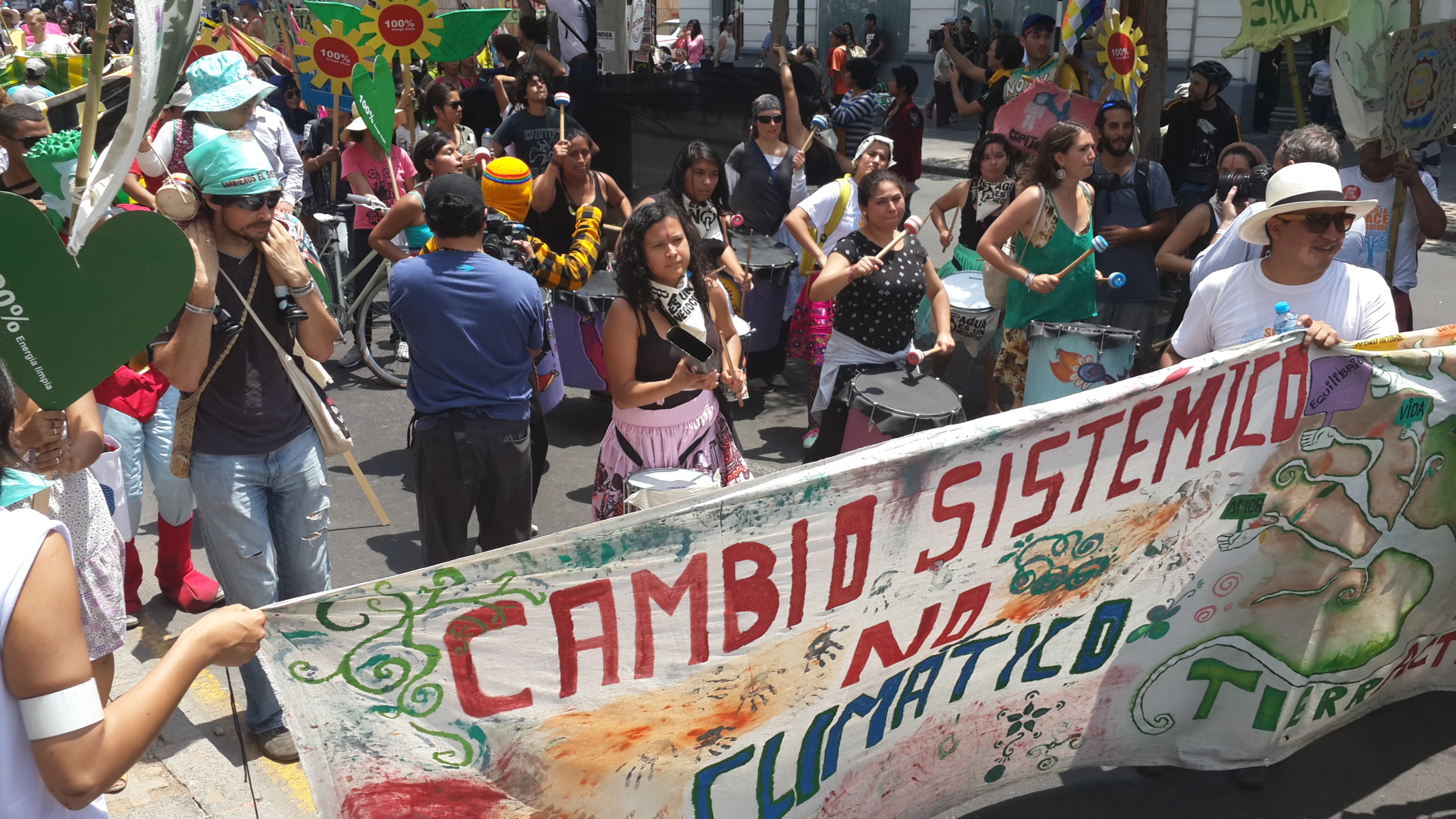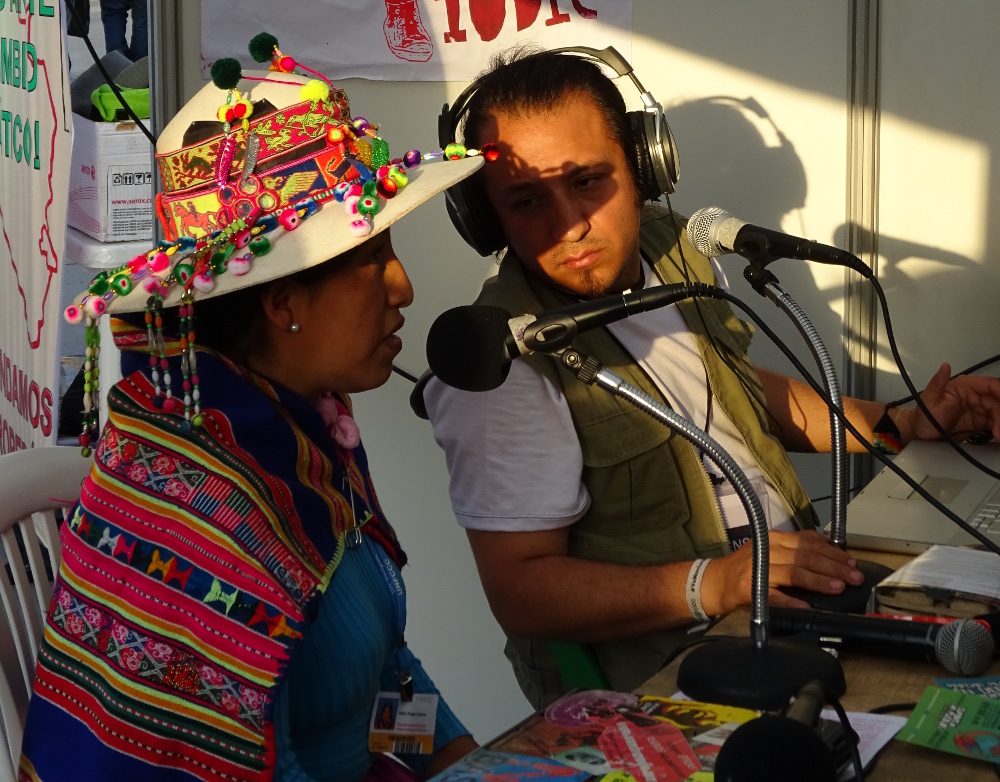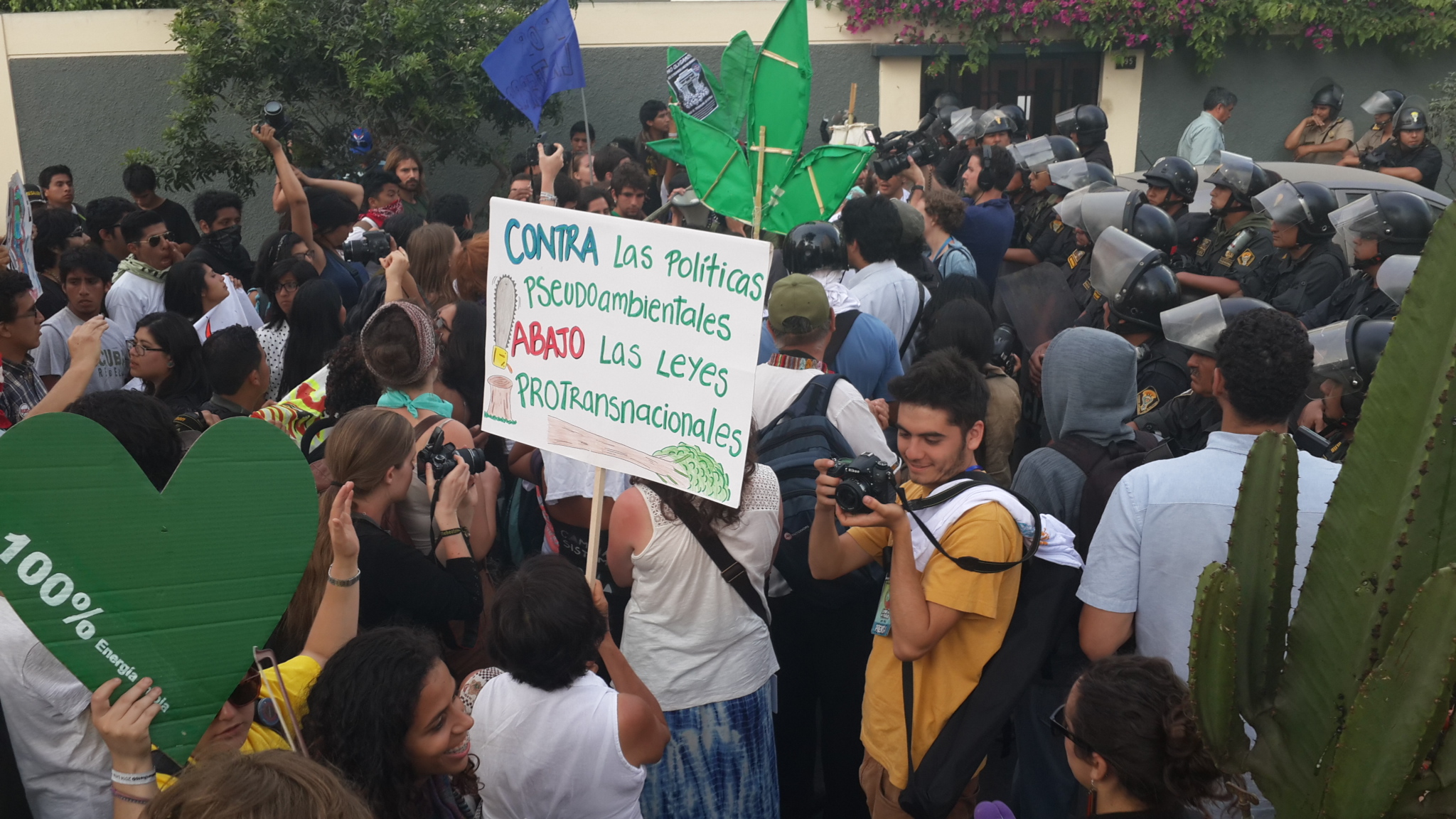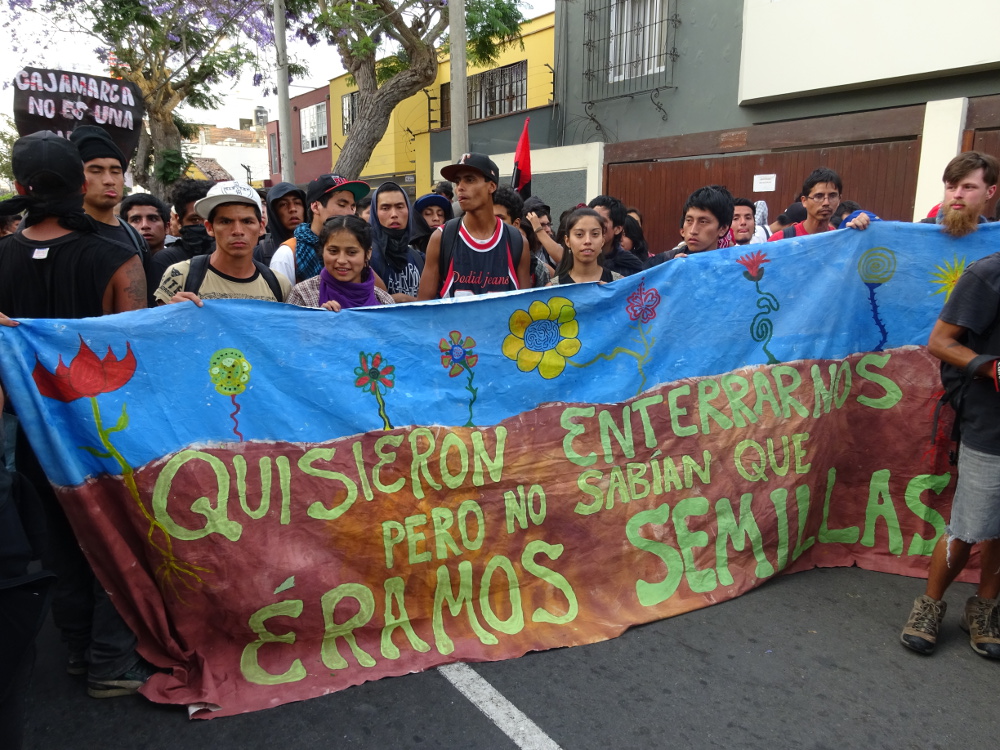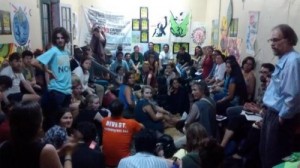 Cross-posted from the Guardian
Cross-posted from the Guardian
Climate activists plan Washington DC protest to ‘disrupt workings of power
Local groups join together for an event that seeks to shut down traffic on 23 September, during the UN Climate Action Summit
Climate activists will escalate their protests next month in Washington DC, seeking to shut down traffic with blockades at key intersections to bring attention to the intensifying crisis.
Several local groups are planning the action for 23 September, as youth leaders call for a global strike and a week of action. Hundreds of events are planned, with more than 100 of them in the US, organizers said.
Patrick Young, a 35-year-old who works with the group Rising Tide called the protest “a big ambitious plan to disrupt business as usual”.
“The level of frustration with the inaction of political leaders and corporations on the climate crisis is just really boiling over,” Young said.
Rising Tide North America is joining other local organizers with Extinction Rebellion DC, 350 DC, the Chesapeake Climate Action Network, Friends Meeting of Washington’s Social Concerns Committee, Movement for a People’s Party and Code Pink.
The groups are announcing their broad plans – without disclosing strategic details – as the 16-year-old Swedish youth climate activist Greta Thunberg arrives in New York via boat for plans to speak at the United Nations Climate Action Summit.
A call-to-action document for Shut Down DC highlights worsening superstorms, floods, droughts, and wildfires, and notes that they unevenly hurt people with low incomes and people of color.
“We do not take this action lightly. We know that this shutdown will cause massive disruption to people who bear little responsibility for the climate catastrophe we are facing. But we will also cause massive disruption for politicians, huge corporations and the lobbyists who control our government,” the groups say.
Extinction Rebellion in July glued themselves to doorways to attempt to block lawmakers from entering the US capitol building.
Sean Haskett, a 24-year-old who protests with the youth-led Sunrise Movement, said he was most inspired by the UN report warning the world has 11 years to take significant steps required to avoid climate catastrophe.
Haskett said protestors want to “disrupt the workings of power”.
“There’s a tremendous amount of power that drives through those streets and parks next to those sidewalks and walks into those buildings,” he said. “We want them to think about what they’re doing with that power.”
Organizers say the Shut Down DC day is attracting people they’ve never seen protest.
Amanda Trebach, who worked for a clean energy company before going to nursing school, is recruiting other health professionals to join her through her union, National Nurses United.
She is a 33-year-old stroke and neurology nurse at Medstar Washington Hospital Center, where she says she sees an uptick in heat-related illnesses. On a recent day in Baltimore, she said she saw a man die of what appeared to be heat stroke while he was waiting for an ambulance.
She said her coworkers have been talking about the news of fires burning down the forests in the Amazon in Brazil.
“The crisis is just escalating so quickly – people are talking about it more so people are more open to doing things like this,” Trebach said. “Things need to change, and things need to change so quickly that we can’t have business as usual.”



